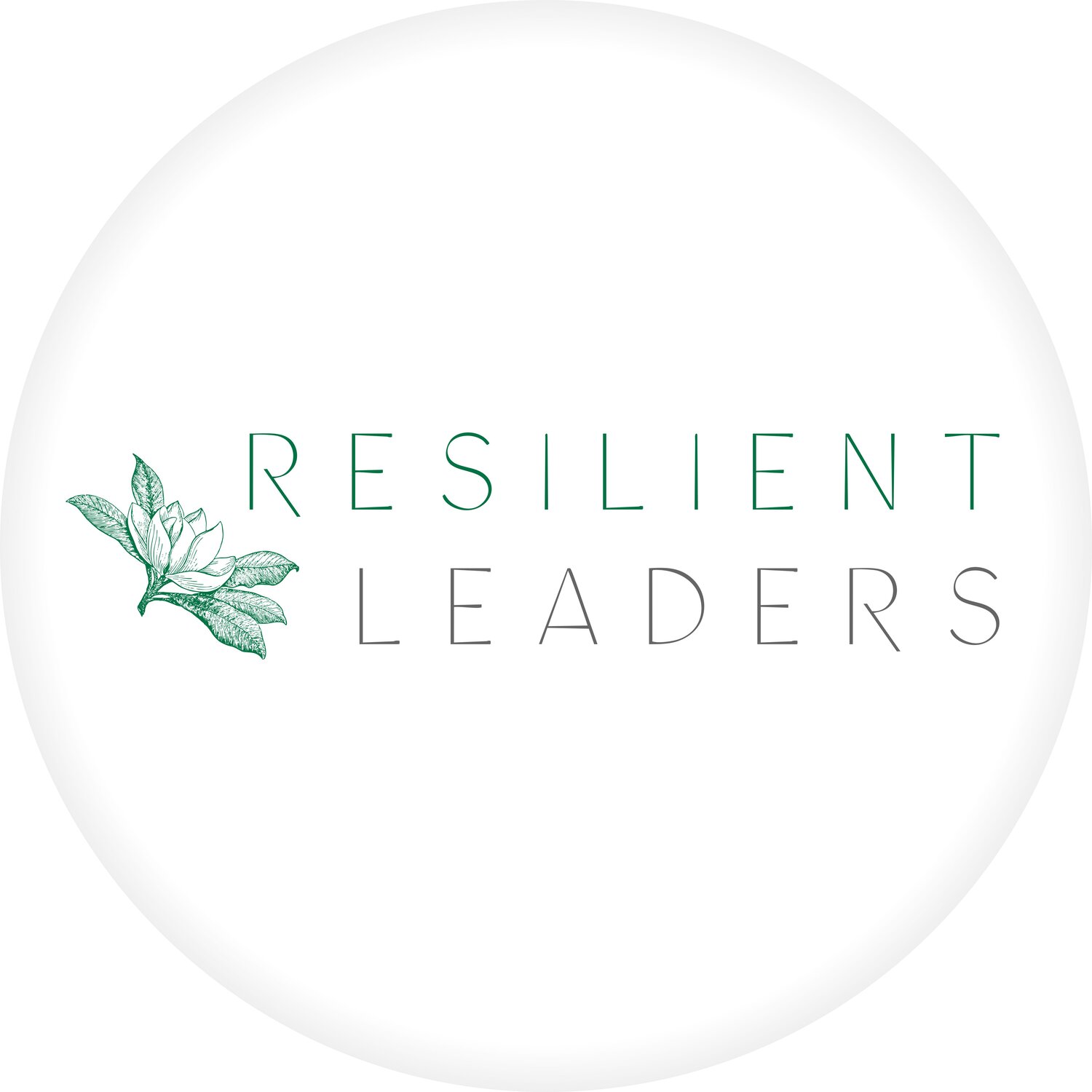Culture Before Analysis: Reframing Learning & Development Strategy
When organizations think about Learning and Development (L&D), they often jump straight into needs analysis. But here’s the truth: a successful L&D strategy doesn’t begin with a checklist it begins with curiosity. Before identifying what a company needs, you have to understand who the company is.
What Is Learning and Development, Really? L&D is more than workshops and eLearning modules. It’s the function that designs, delivers, and optimizes learning experiences that align people with business performance. Depending on the organization, L&D can include:
Administrative coordination and compliance tracking
Process documentation and SOP creation
Instructor-led training (virtual or in-person)
Content design and curriculum development
Choosing external training vendors or platforms
Defining a learning architecture and long-term strategy
In essence, L&D can act as a consultancy to business units, customizing solutions based on real organizational needs not assumptions.
Why Needs Analysis Isn’t Always the First Step Jumping into a needs analysis without understanding the organization’s culture, workflows, and informal norms is like recommending a treatment before making a diagnosis. It can backfire.
A strategic L&D professional takes a discovery-first approach:
Get to Know the Business: Understand team dynamics, leadership styles, current tools, informal learning habits, and business goals.
Observe Without Bias: Spot gaps and patterns—but don’t rush to solve. Resist the urge to diagnose based on trends from other organizations.
Coin Knowledge Into a Needs Analysis: Once you’ve earned trust and perspective, translate your observations into a needs map that is culturally and operationally relevant.
L&D as Performance Partner not a Band-Aid L&D is not a cure-all. It can elevate performance when aligned to clear goals—but it cannot solve systemic issues like toxic leadership, misaligned incentives, or poor organizational design. That’s why partnership with HR, People Ops, and executive sponsors is critical.
Understanding Learning Styles and Organizational Learning True learning organizations build systems where learning is continuous, embedded in the workflow, and reflective of how people actually grow:
Are employees visual, auditory, or experiential learners?
Does the organization encourage reflection and experimentation?
Are feedback loops clear and safe?
These insights shape not only what learning looks like—but how it sticks.
Design With Purpose L&D should never be a plug-and-play function. Done well, it’s a performance partner, a culture builder, and a strategic enabler. Before launching your next initiative, ask: Do we understand the business well enough to know the difference between what it wants and what it truly needs?

